We devote surplus unserviceable materials and articles, cuts or scrap, recycling contributing to the maintenance and promotion of the conservation of the environment of a clean and direct.
As a service company in the field of recovery and the environment, this new dimension of the economics of integrated waste management is a challenge that tests our creativity while offering us a unique opportunity to bring our experience and knowledge in finding solutions, in collaboration with industry, commerce and production workshops as an irreplaceable ally in a recycling economy.
Portfolio ContactMaterials
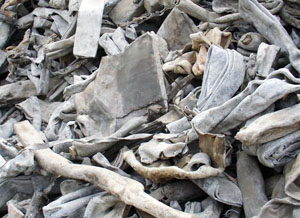
Lead
Lead is a heavy, flexible, inelastic metal, silver in color with a bluish tint. Lead is a common, very dense and malleable metal. Presents high resistance to corrosion but is not very solid. Lead is mainly used in the manufacture of batteries and electrical wire coating.
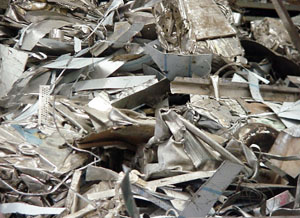
Steel
Steel is an alloy of iron ARBON. Depending on its carbon content is classified: Low carbon steel; medium carbon steel, that is stronger but less ductile; high carbon steel that is more durable, but less ductile, is mainly used for tools; alloy steel, has a variety of chemicals, is probably the best known; stainless steel containing chromium, nickel and other alloying elements, which keeps it resistant lustrous.
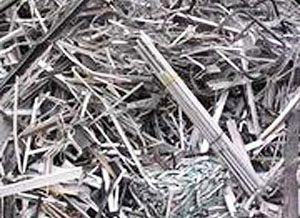
Iron
Iron is the fourth most abundant element on the planet, representing 5%. It is a malleable, hard and heavy, silver-gray metal and has magnetic properties. It is found in nature as part of many minerals, including many oxides, and is rarely free. Iron is the most used, with 95 wt% of the world production of metal metal.
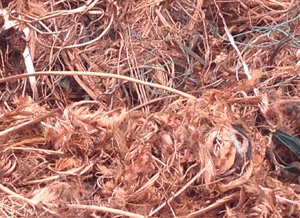
Copper
The copper is obtained from the chalcopyrite. It is a transition metal, a reddish color with metallic luster. It is characterized as one of the best conductors of electricity. Usually added to other metals such as gold, silver, bismuth or lead. Due to its high conductivity, ductility and malleability has become one of the most used in the manufacture of electrical and telephone cables materials. It is also used in the manufacture of several components of automobiles.

Zinc
The zinc used to protect steel against corrosion, by which the product is more durable. In addition, less corrosion also means lower costs and less maintenance resulting environmental impact. At the end of its useful life, the products can be recycled and zinc containing zinc can be recovered without any loss in quality or properties.
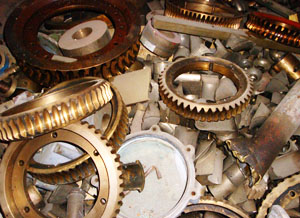
Bronze
Bronze is an alloy of copper and tin (between 3 and 20%). Regular use is the architectural element, coating or ornamental element. It is a metal that produces minimal friction, therefore, it is very useful for Machine components and other applications involving contact metal to metal and gears.
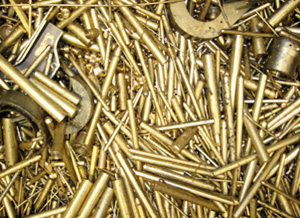
Brass
Brass is the best material for the manufacture of components and finished products due to its properties such as strength, ductility and ease of use. The possibility of use of brass depends on the proportion of zinc present as well as the inclusion of other amounts of other metals that allow use for various uses.
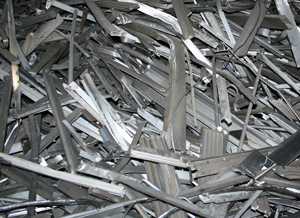
Aluminium
Aluminum is the most widely used non-ferrous metal. Pure aluminum is a white, soft and lightweight metal. It is an important element in many economic activities. One of the biggest advantages of aluminum is its ability to be recycled without losing its quality and properties.
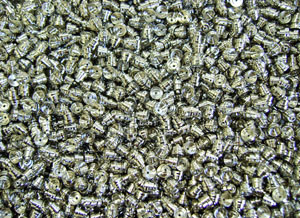
Nickel
Nickel is a hard, malleable and ductile, silvery-white metal. It is used mainly in alloys.

 English
English




